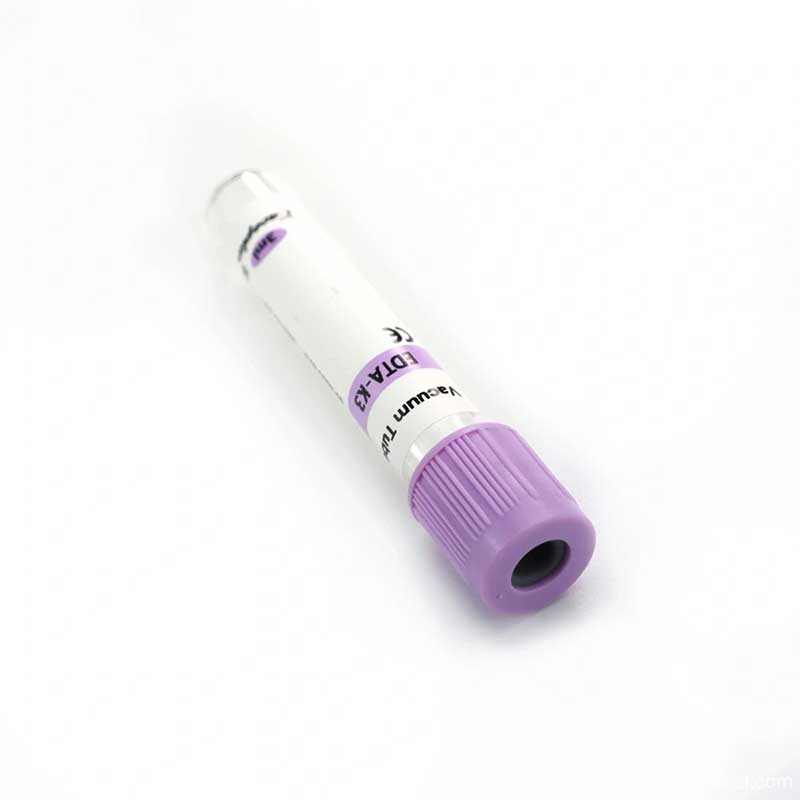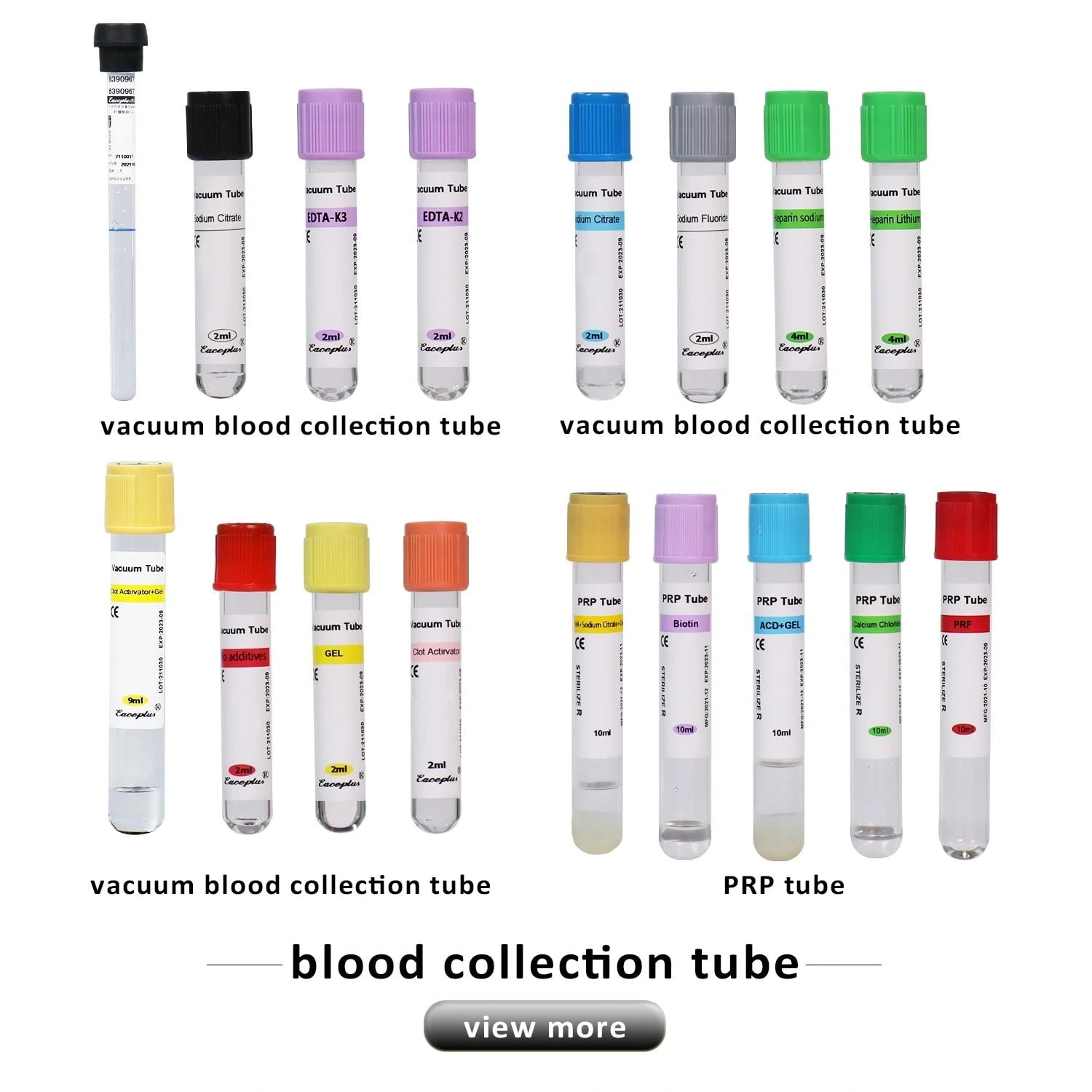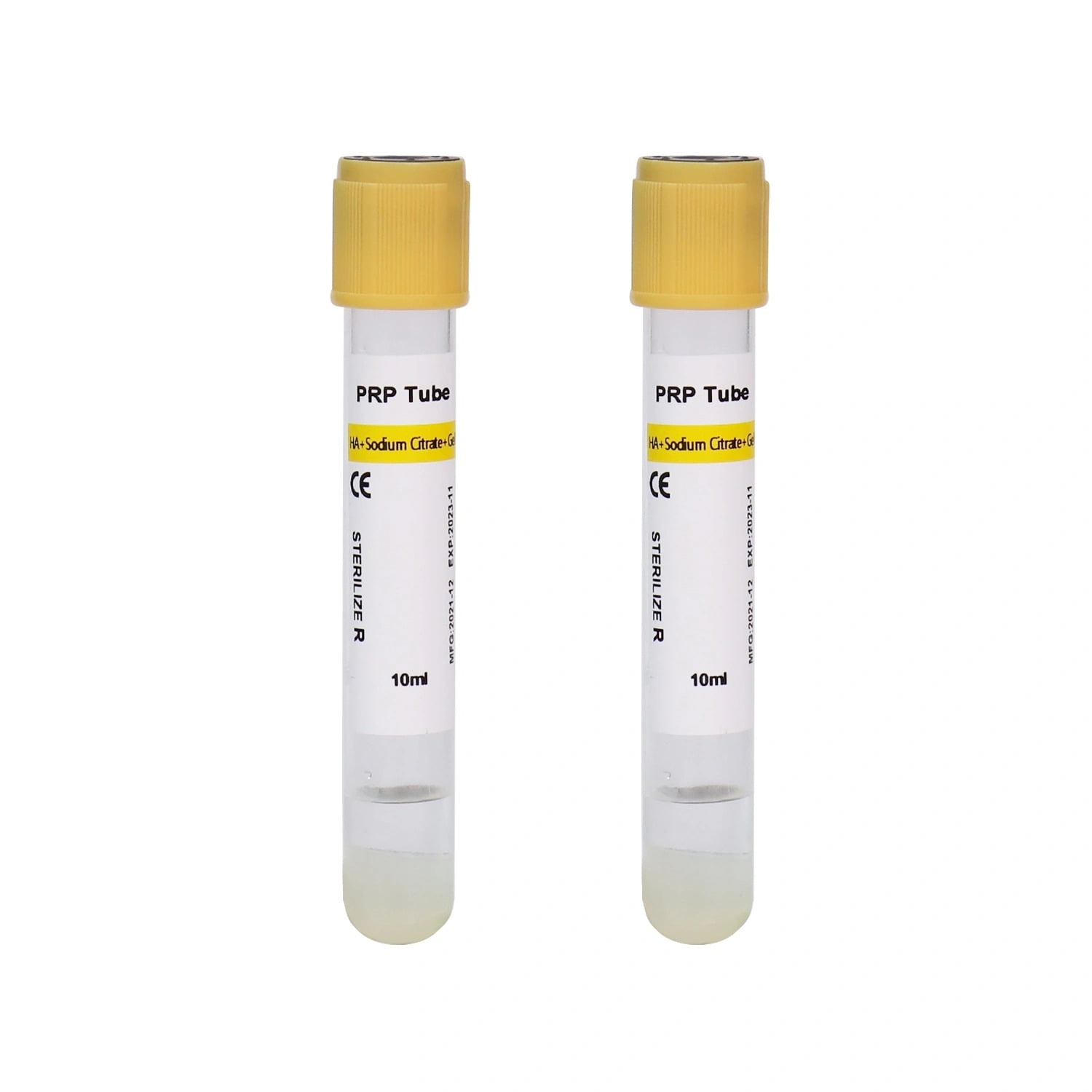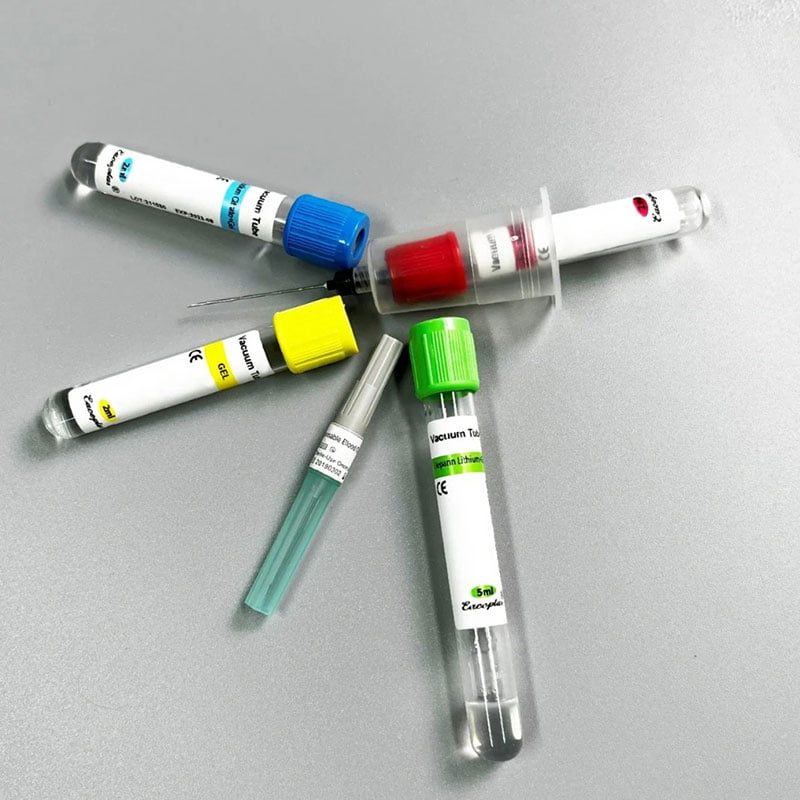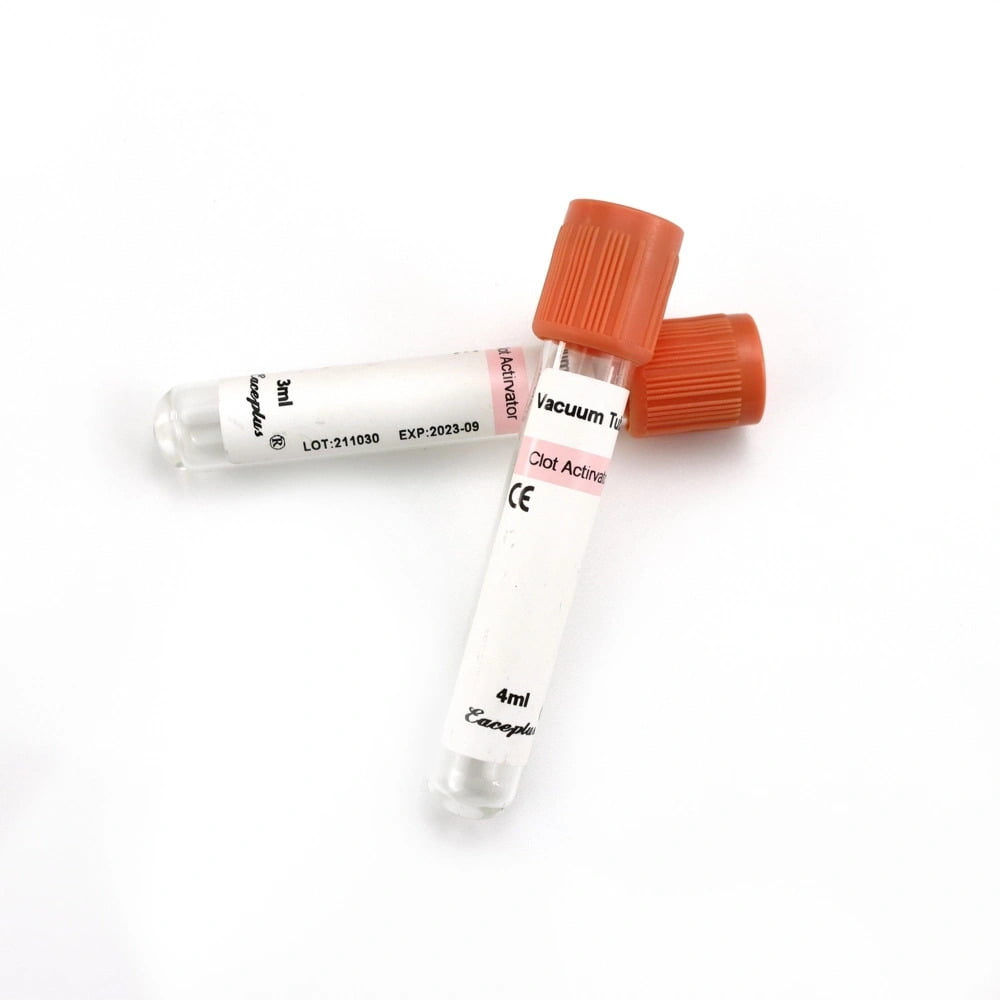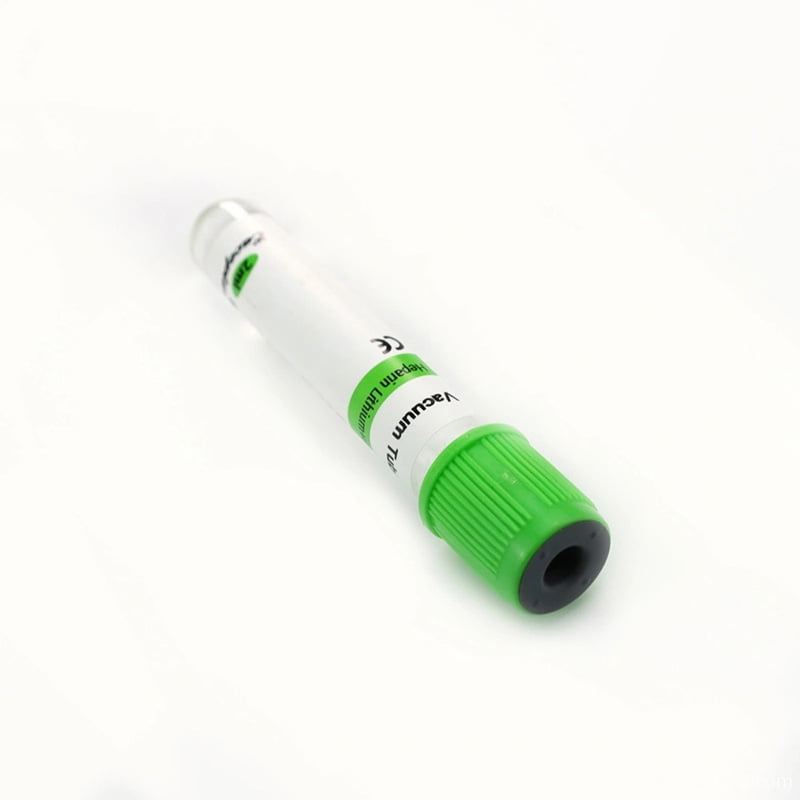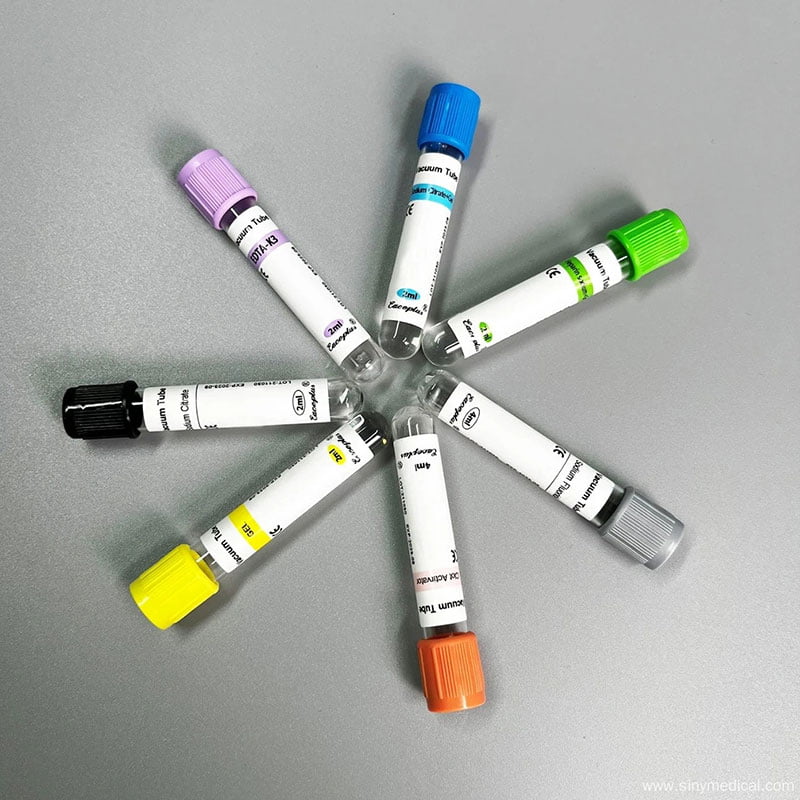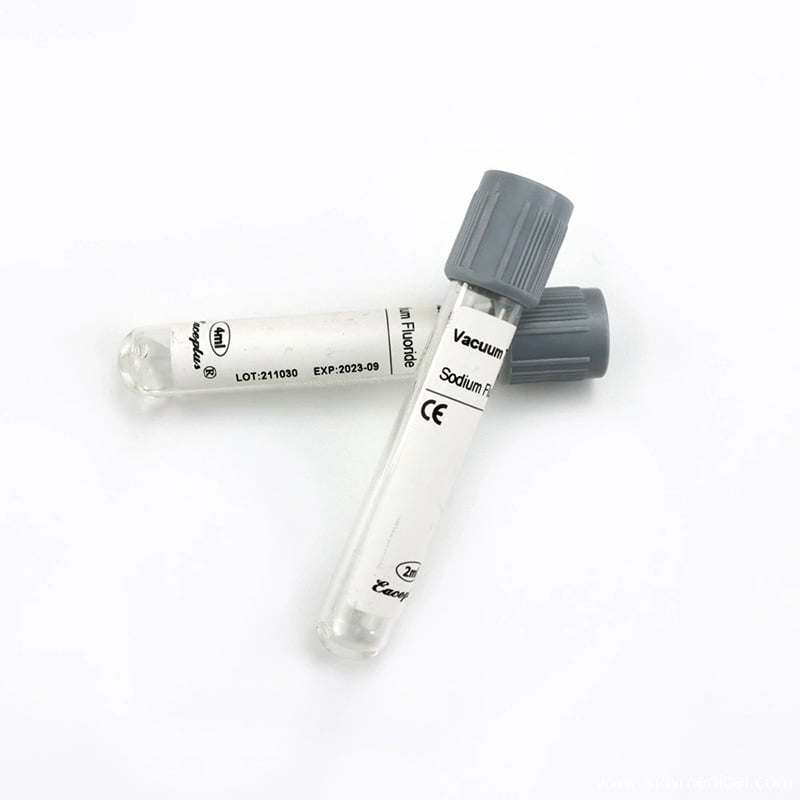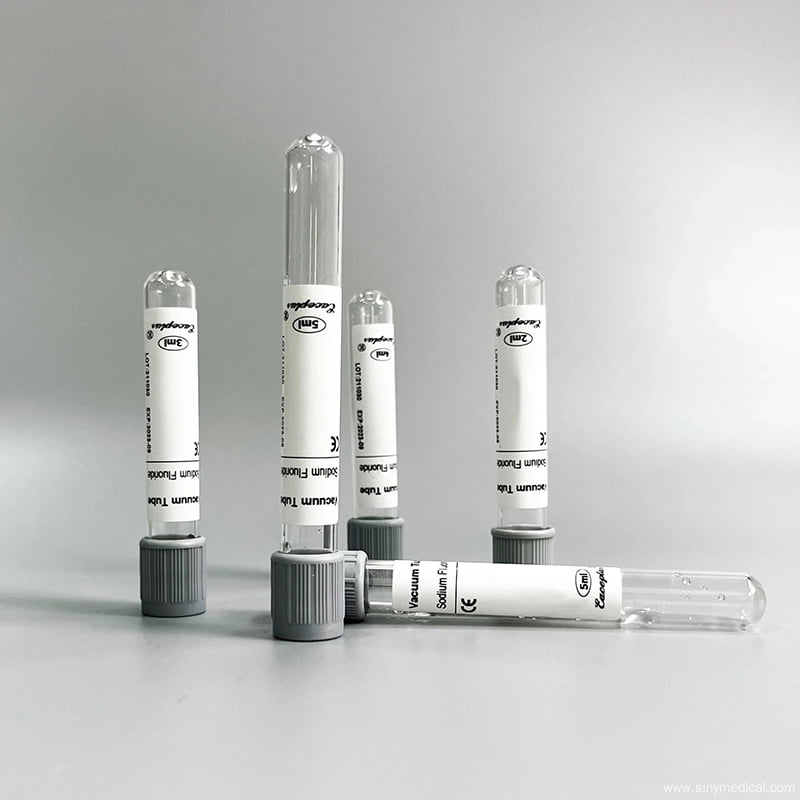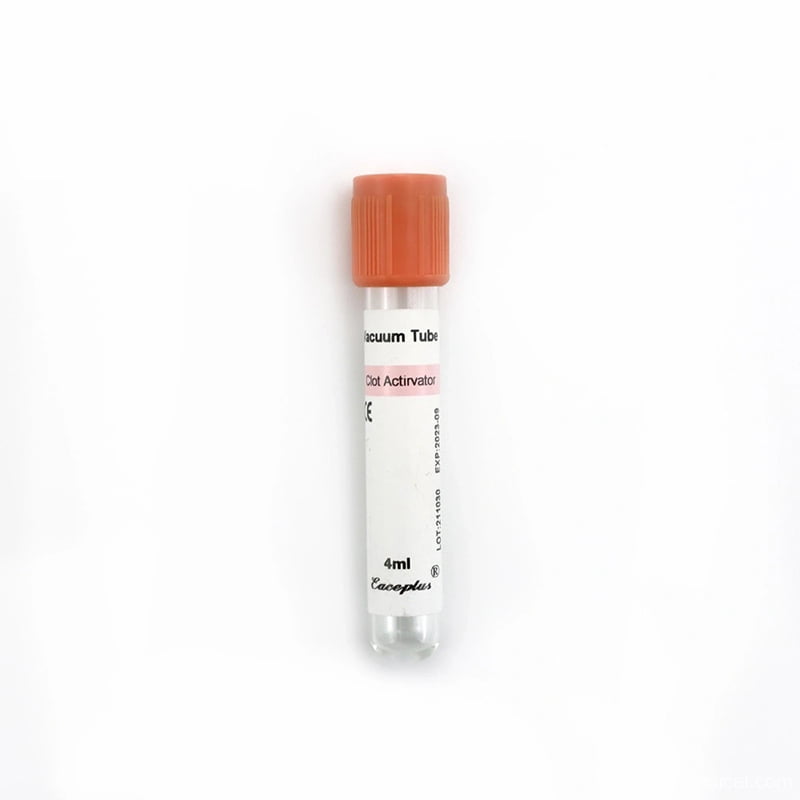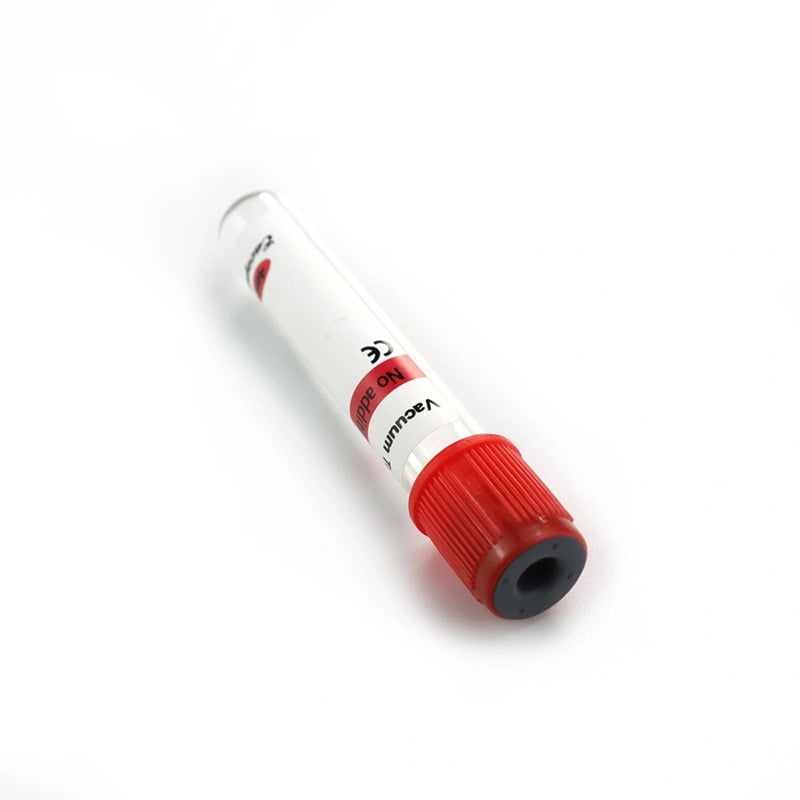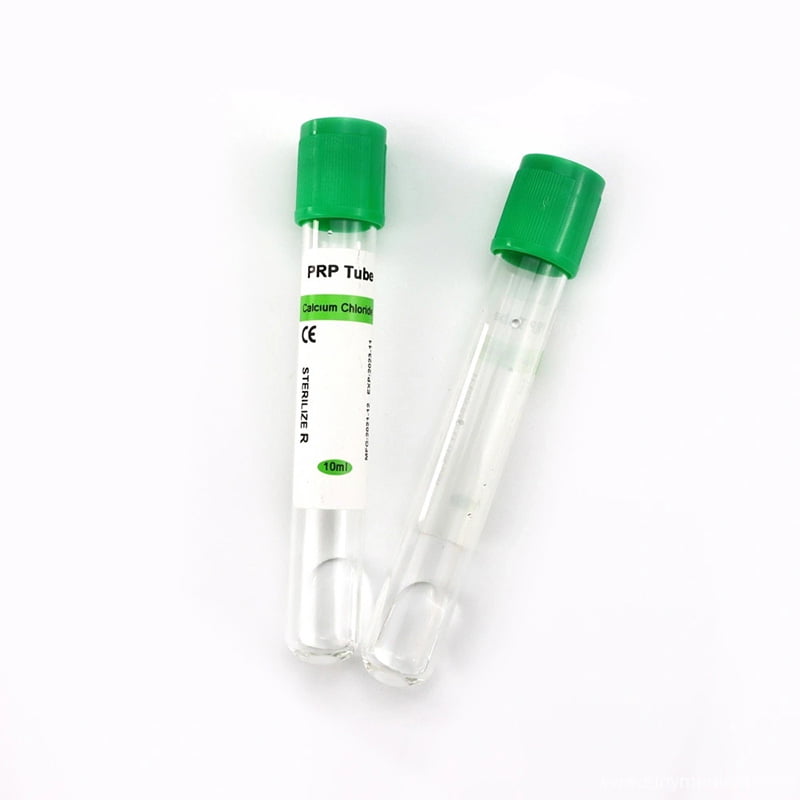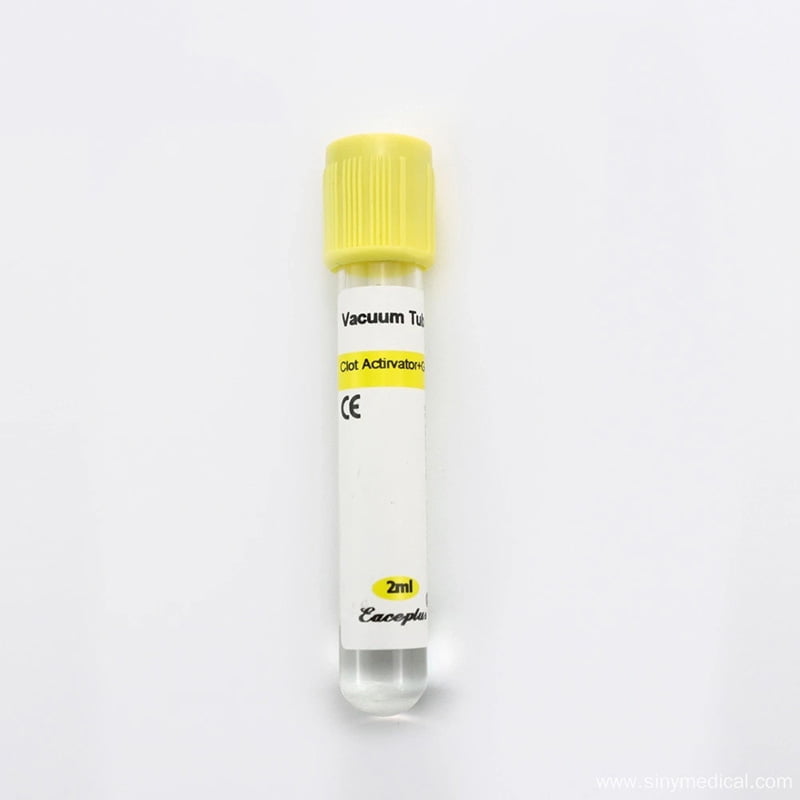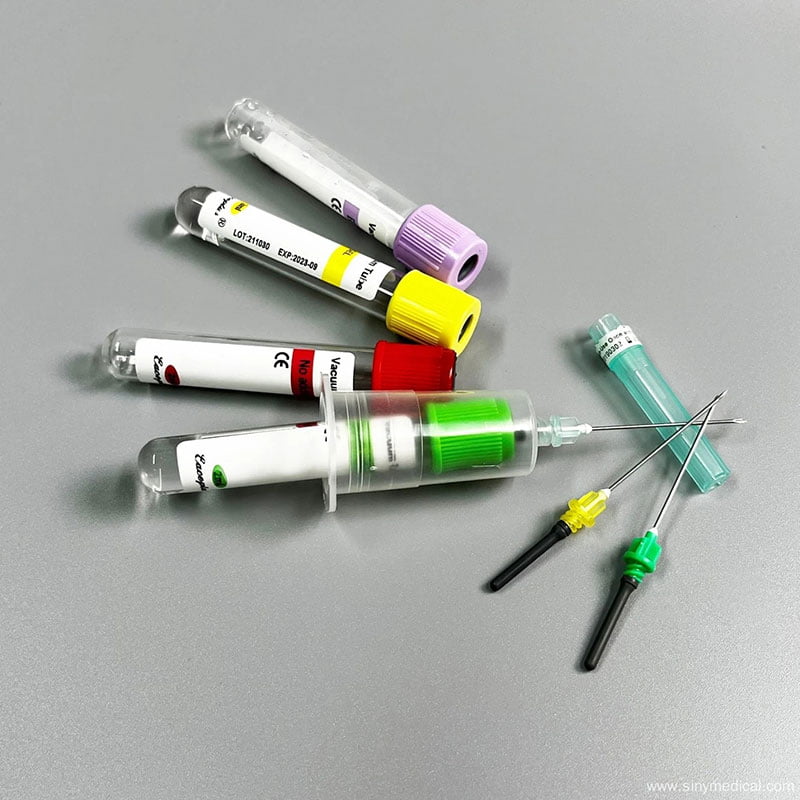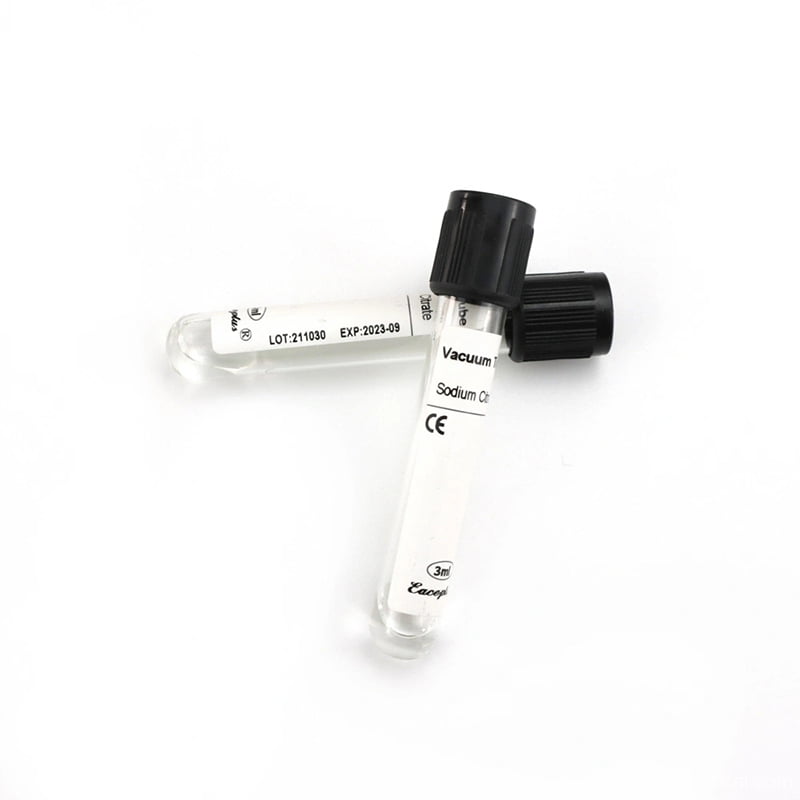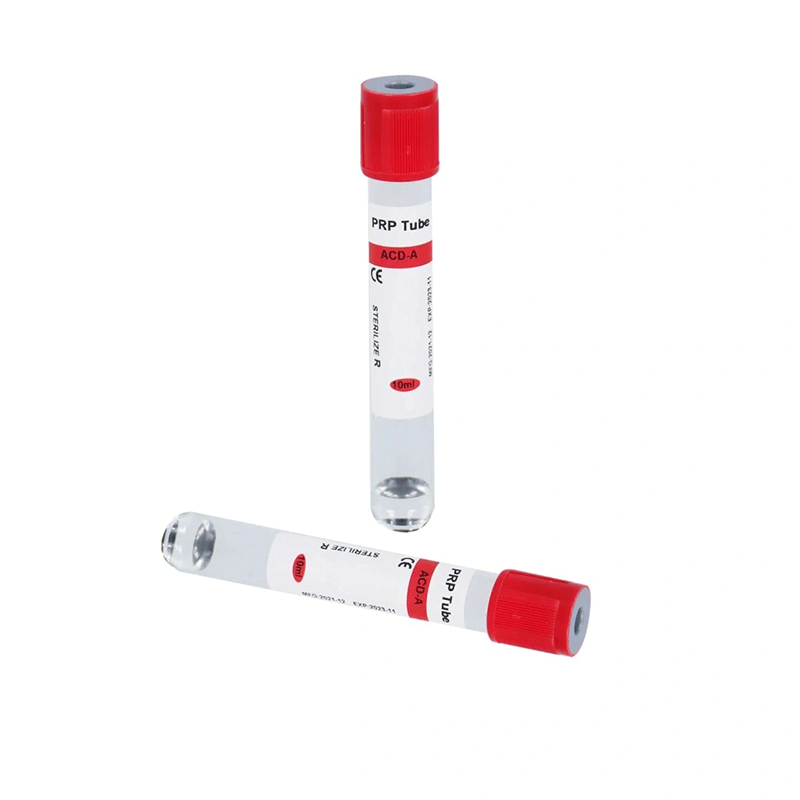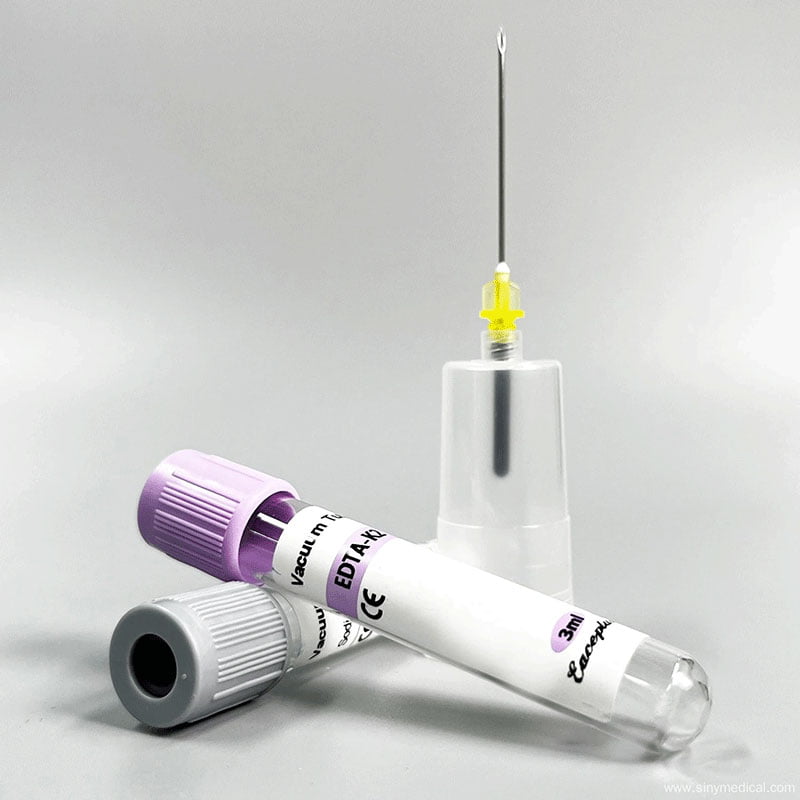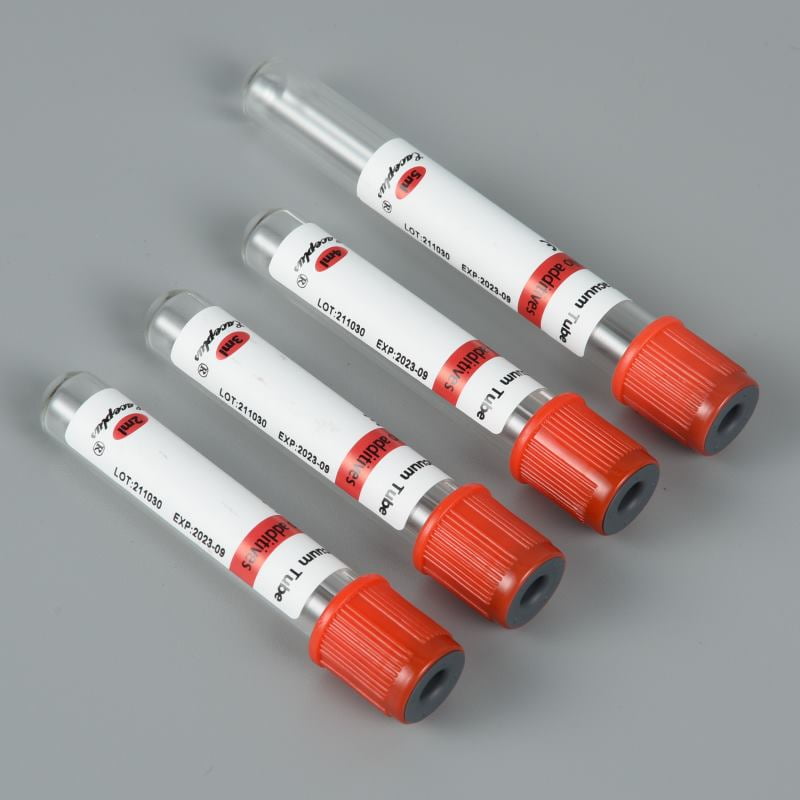A micro capillary tube is a thin, hollow cylinder designed for precise liquid collection and measurement, commonly used in medical and laboratory settings. These tubes are essential in blood sample collection, microfluidics, and advanced manufacturing, ensuring accurate and efficient processes.
Whether you’re a medical professional, researcher, or manufacturer, understanding micro capillary tubes is crucial. In this blog, we’ll explore their structure, applications, benefits, and differences compared to other blood collection devices.
Table of Contents
- 1 What is a Micro Capillary Tube?
- 2 What is a Micro Capillary Tube?
- 2.1 The Use of Different Colors and Sizes of Micro Capillary Tubes:
- 2.2 How Do Micro Capillary Tubes Work?
- 2.3 Types of Micro Capillary Tubes
- 2.4 Applications of Micro Capillary Tubes
- 2.5 How Are Micro Capillary Tubes Manufactured?
- 2.6 Micro Capillary Tubes in Blood Collection: A Closer Look
- 2.7 Final Thoughts
- 2.8 FAQ
What is a Micro Capillary Tube?
Micro capillary tubes are revolutionizing the world of science and medicine with their precision and versatility. These tiny, cylindrical tools might seem unassuming, but they play a massive role in everything from blood collection to advanced laboratory research. If you’ve ever wondered how such small devices can make such a big impact, you’re in the right place. In this blog, we’ll dive deep into the world of micro capillary tubes, exploring what they are, how they work, their applications, and why they’re essential for modern diagnostics and research. Whether you’re a healthcare professional, a researcher, or just curious, this guide will give you a comprehensive understanding of these incredible tools.
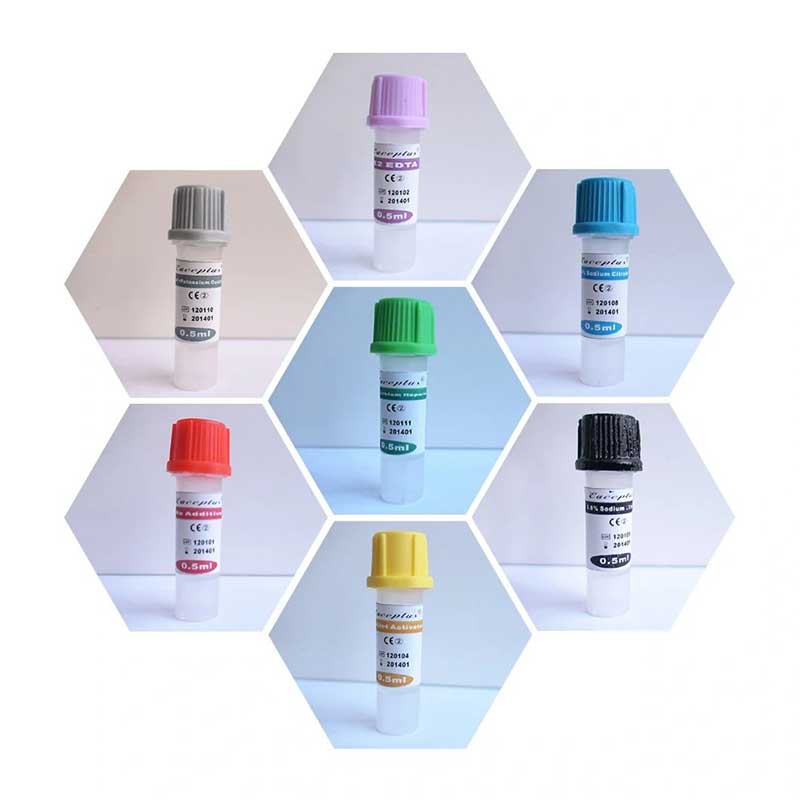
At Siny Medical, we pride ourselves on delivering high-quality micro capillary tubes that meet the needs of medical and scientific communities worldwide. Let’s explore everything you need to know about these fascinating devices.
What is a Micro Capillary Tube?
Micro capillary tubes are revolutionizing the world of science and medicine with their precision and versatility. These tiny, cylindrical tools might seem unassuming, but they play a massive role in everything from blood collection to advanced laboratory research. If you’ve ever wondered how such small devices can make such a big impact, you’re in the right place. In this blog, we’ll dive deep into the world of micro capillary tubes, exploring what they are, how they work, their applications, and why they’re essential for modern diagnostics and research. Whether you’re a healthcare professional, a researcher, or just curious, this guide will give you a comprehensive understanding of these incredible tools.
At Siny Medical, we pride ourselves on delivering high-quality micro capillary tubes that meet the needs of medical and scientific communities worldwide. Let’s explore everything you need to know about these fascinating devices.
The Use of Different Colors and Sizes of Micro Capillary Tubes:
| Volume/ml | Size/mm | Additive | Separator | Material | Cap Color | Closure |
| 0.5ml/1ml | 10X45 | NONE | / | PP | Red Cap | Snap Cap |
| 0.5ml/1ml | 10X45 | Clot Activator | / | PP | Orange Cap | |
| 0.5ml/1ml | 10X45 | EDTA K2 | / | PP | Purple Cap | |
| 0.5ml/1ml | 10X45 | EDTA K3 | / | PP | Purple Cap | |
| 0.5ml/1ml | 10X45 | Heparin Lithium | / | PP | Green Cap | |
| 0.5ml/1ml | 10X45 | Heparin Sodium | / | PP | Green Cap | |
| 0.5ml/1ml | 10X45 | Heparin Sodium+ Sodium Fluoride | / | PP | Gray Cap | |
| 0.5ml/1ml | 10X45 | Clot Activator | Gel | PP | Yellow Cap | |
| If You Need a Customized Vacuum Blood collection tube, Please Contact Us | ||||||
How Do Micro Capillary Tubes Work?
The functionality of a micro capillary tube is rooted in capillary action, a physical process where liquids flow into narrow spaces without assistance. Here’s how it works in detail:
- Capillary Action Explained: When the tube’s narrow end touches a liquid—like blood from a finger prick—the liquid is drawn upward into the tube. This happens because the adhesive forces between the liquid and the tube’s inner walls are stronger than the cohesive forces within the liquid itself. Surface tension also plays a role, pulling the liquid along the tube’s surface.
- Material Matters: The material of the tube influences how effectively it works. Glass micro capillary tubes, for example, are highly transparent and chemically resistant, making them ideal for observing fluid movement and handling reactive substances. Plastic tubes, on the other hand, are flexible and disposable, reducing contamination risks.
- Precision in Design: The small diameter and high aspect ratio (length-to-width ratio) of these tubes allow for controlled fluid flow. This precision is why they’re used in tasks like transferring exact amounts of liquid or collecting uncontaminated samples.
For a deeper dive into their mechanics, check out our comprehensive guide to micro capillary tubes on the Siny Medical website. Our products, available at Siny Medical’s micro capillary tube collection, are designed to maximize this natural process for flawless performance.
Types of Micro Capillary Tubes
Not all micro capillary tubes are the same—they come in various types tailored to specific needs. Here’s a breakdown of the most common types you’ll encounter:
- Glass Micro Capillary Tubes: Known for their clarity and resistance to chemicals, these are a staple in scientific research. They’re perfect for applications like chromatography or microinjection, where visibility and purity are key. Glass tubes can also withstand high temperatures, making them versatile for heated experiments.
- Plastic Micro Capillary Tubes: Affordable and flexible, plastic tubes are widely used in medical settings, especially for disposable blood collection. Their durability and reduced risk of breakage make them a practical choice for diagnostics.
- Quartz Micro Capillary Tubes: These are the heavyweights of the group, offering exceptional resistance to extreme temperatures and corrosion.
Applications of Micro Capillary Tubes
Spotting TLC Plates: Micro capillary tubes are perfect for applying precise, small quantities of samples onto thin-layer chromatography (TLC) plates. Their fine tips ensure accurate placement, which is crucial for achieving reliable results in chromatographic analysis.
Liquid Transfer: Scientists widely use these tubes for the rapid, safe, and accurate transfer of microliter volumes in a variety of scientific applications. Their design minimizes spillage and ensures consistent handling of even the smallest liquid quantities.
Blood Sample Collection: Certain types of micro capillary tubes are specifically designed for collecting small Blood collection tubes, such as those required for microhematocrit tests. Their minimally invasive nature makes them ideal for procedures where only a tiny sample is needed.
Melting Point Determination: Micro capillary tubes are engineered to determine the melting points of substances. Their ability to handle small, controlled volumes ensures precise measurements in thermal analysis.
Optical Fiber Support: Borosilicate glass capillaries play a critical role in supporting fiber connections within optical devices. Their durability and transparency make them an excellent choice for applications in optics and telecommunications.
How Are Micro Capillary Tubes Manufactured?
The creation of micro capillary tubes is a precise process that ensures their reliability. Here’s a look at how they’re made:
- Material Selection: Manufacturers start with high-quality glass, plastic, or quartz, chosen based on the tube’s intended use. Glass, for instance, is favored for its clarity and chemical stability.
- Heating and Pulling: For glass tubes, manufacturers heat the material until it becomes molten, then pull it into a thin, uniform shape. This creates the narrow diameter and consistent wall thickness critical for capillary action.
- Cutting and Finishing: Technicians cut the tubes to specific lengths and polish or seal the ends as needed. Manufacturers coat some tubes with anticoagulants, such as heparin, for blood collection.
- Quality Control: Rigorous testing ensures each tube meets size, strength, and purity standards. At Siny Medical, we use automated production lines and purification workshops to guarantee top quality.
This meticulous process is why our micro capillary tubes are trusted by professionals globally. Learn more about our standards at our official site.
Micro Capillary Tubes in Blood Collection: A Closer Look
One of the most common uses of micro capillary tubes is in blood collection. Here’s how they shine in this role:
- Capillary Blood Sampling: When a healthcare professional performs a finger prick or heel stick, the tube’s capillary action naturally draws in the blood—eliminating the need for a syringe. This is ideal for quick tests like blood sugar checks.
- Types for Blood Collection: Heparinized tubes (coated with anticoagulant) prevent clotting for whole blood tests, while plain tubes serve for serum analysis. Our blood collection tubes guide explains this in detail.
- Patient Benefits: The minimally invasive nature reduces discomfort, making it a favorite for pediatric and geriatric care.
Siny Medical designs its micro capillary tubes with features such as color-coded tops for easy identification and sturdy construction to ensure sample integrity. Visit our product category page to explore options.
Final Thoughts
Micro capillary tubes play a vital role in blood collection, laboratory research, and industrial applications. Their ability to handle small fluid volumes with high precision makes them an essential tool in various fields.
If you’re looking for high-quality micro capillary tubes, check out Siny Medical’s extensive collection.
For video demonstrations and expert insights, visit Siny Medical on YouTube or explore their Made-in-China profile.
FAQ
1. What is a micro capillary tube used for?
Capillary action draws liquid into the tube as adhesive forces between the liquid and the tube’s walls work alongside surface tension, eliminating the need for any external force.
2. How does capillary action work in these tubes?
3. Are micro capillary tubes safe for pediatric use?
Yes, they’re minimally invasive and ideal for newborns or infants, requiring only tiny blood samples. Learn more at our blood collection page.
4. What’s the difference between glass and plastic micro capillary tubes?
Glass offers clarity and chemical resistance, while plastic is flexible, disposable, and cost-effective—choose based on your needs.
5. Where can I buy high-quality micro capillary tubes?

